Rapid Method Detects Creutzfeldt-Jakob Disease in Cerebrospinal Fluid
|
By LabMedica International staff writers Posted on 05 May 2015 |
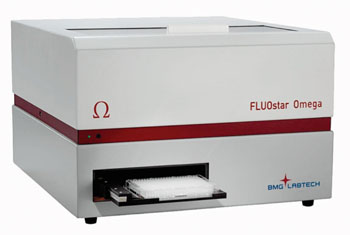
Image: BMG FLUOstar Omega plate reader (Photo courtesy of BMG LABTECH).
A long-standing problem in dealing with various neurodegenerative protein misfolding diseases is early and accurate diagnosis and this is particularly important with human prion diseases.
Real-time quaking-induced conversion (RT-QuIC) assays of cerebrospinal fluid (CSF) and nasal-brushing specimens are valuable in distinguishing Creutzfeldt-Jakob Disease (CJD) from non-CJD conditions but require more than two days and up to five days to complete.
Scientists at the National Institutes of Health, (NIH; Hamilton, Montana, USA) and their colleagues obtained cerebrospinal fluid samples from patients with possible or probable Creutzfeldt-Jakob disease at the time of sampling, as well as from the patients with other neurologic disorders, including Alzheimer’s disease, amyotrophic lateral sclerosis, atypical Parkinsonism, dementia, dystonia, and seven other neurologic disorders.
RT-QuIC assays were performed on the CSF samples. Reaction mixtures was loaded into a black 96-well plate with a clear bottom and reaction mixtures were seeded with CSF for a final reaction volume of 100 µL. Plates were sealed and incubated in a BMG FLUOstar Omega plate reader (BMG LABTECH; Ortenberg, Germany; www.bmglabtech.com) at either 42 °C or 55 °C for 55 to 90 hours with cycles of 60 seconds of shaking and 60 seconds of rest throughout the incubation. Thioflavin T fluorescence measurements, excitation, 450 ± 10 nm; emission, 480 ± 10 nm, were taken every 45 minutes.
The improved RT-QuIC assay identified positive CSF samples within four to 14 hours with better analytical sensitivity. Moreover, analysis of 11 CJD patients demonstrated that while seven were RT-QuIC positive using the previous conditions, 10 were positive using the new assay. In these and further analyses, a total of 46 of 48 CSF samples from sporadic CJD patients were positive, while all 39 non-CJD patients were negative, giving 95.8% diagnostic sensitivity and 100% specificity.
The authors concluded that they had markedly improved RT-QuIC analysis of human CSF such that CJD and non-CJD patients can be discriminated in a matter of hours rather than days with enhanced sensitivity. These improvements should allow for much faster, more accurate, and practical testing for CJD. In broader terms, the study provides a prototype for tests for misfolded protein aggregates that cause many important amyloid diseases, such as Alzheimer’s, Parkinson’s, and tauopathies. The study was originally published on January 20, 2015, in the journal mBio.
Related Links:
US National Institutes of Health
BMG LABTECH
Real-time quaking-induced conversion (RT-QuIC) assays of cerebrospinal fluid (CSF) and nasal-brushing specimens are valuable in distinguishing Creutzfeldt-Jakob Disease (CJD) from non-CJD conditions but require more than two days and up to five days to complete.
Scientists at the National Institutes of Health, (NIH; Hamilton, Montana, USA) and their colleagues obtained cerebrospinal fluid samples from patients with possible or probable Creutzfeldt-Jakob disease at the time of sampling, as well as from the patients with other neurologic disorders, including Alzheimer’s disease, amyotrophic lateral sclerosis, atypical Parkinsonism, dementia, dystonia, and seven other neurologic disorders.
RT-QuIC assays were performed on the CSF samples. Reaction mixtures was loaded into a black 96-well plate with a clear bottom and reaction mixtures were seeded with CSF for a final reaction volume of 100 µL. Plates were sealed and incubated in a BMG FLUOstar Omega plate reader (BMG LABTECH; Ortenberg, Germany; www.bmglabtech.com) at either 42 °C or 55 °C for 55 to 90 hours with cycles of 60 seconds of shaking and 60 seconds of rest throughout the incubation. Thioflavin T fluorescence measurements, excitation, 450 ± 10 nm; emission, 480 ± 10 nm, were taken every 45 minutes.
The improved RT-QuIC assay identified positive CSF samples within four to 14 hours with better analytical sensitivity. Moreover, analysis of 11 CJD patients demonstrated that while seven were RT-QuIC positive using the previous conditions, 10 were positive using the new assay. In these and further analyses, a total of 46 of 48 CSF samples from sporadic CJD patients were positive, while all 39 non-CJD patients were negative, giving 95.8% diagnostic sensitivity and 100% specificity.
The authors concluded that they had markedly improved RT-QuIC analysis of human CSF such that CJD and non-CJD patients can be discriminated in a matter of hours rather than days with enhanced sensitivity. These improvements should allow for much faster, more accurate, and practical testing for CJD. In broader terms, the study provides a prototype for tests for misfolded protein aggregates that cause many important amyloid diseases, such as Alzheimer’s, Parkinson’s, and tauopathies. The study was originally published on January 20, 2015, in the journal mBio.
Related Links:
US National Institutes of Health
BMG LABTECH
Latest Pathology News
- New Technique Reveals Earliest Signs of Genetic Mutations
- New WHO Reporting System for Lung Cytopathology to Enhance Diagnostic Accuracy
- Self-Taught AI Tool Diagnoses and Predicts Severity of Common Lung Cancer
- Novel AI-Powered Method for Tissue Analysis Improves Understanding of Disease Pathology
- Noninvasive Technology Detects Rare Cancer Cells in Blood
- AI Tool Detects Tiny Protein Clumps in Microscopy Images in Real-Time
- New Tool Enables Better Classification of Inherited Disease-Causing Variants
- Groundbreaking CRISPR Screen Technology Rapidly Determines Disease Mechanism from Tissues
- New AI Tool Classifies Brain Tumors More Quickly and Accurately
- AI Integrated With Optical Imaging Technology Enables Rapid Intraoperative Diagnosis
- HPV Self-Collection Solution Improves Access to Cervical Cancer Testing
- Hyperspectral Dark-Field Microscopy Enables Rapid and Accurate Identification of Cancerous Tissues
- AI Advancements Enable Leap into 3D Pathology
- New Blood Test Device Modeled on Leeches to Help Diagnose Malaria
- Robotic Blood Drawing Device to Revolutionize Sample Collection for Diagnostic Testing
- Use of DICOM Images for Pathology Diagnostics Marks Significant Step towards Standardization
Channels
Clinical Chemistry
view channel
New ADLM Guidance Provides Expert Recommendations on Clinical Testing For Respiratory Viral Infections
Respiratory tract infections, predominantly caused by viral pathogens, are a common reason for healthcare visits. Accurate and swift diagnosis of these infections is essential for optimal patient management.... Read more
3D Printed Point-Of-Care Mass Spectrometer Outperforms State-Of-The-Art Models
Mass spectrometry is a precise technique for identifying the chemical components of a sample and has significant potential for monitoring chronic illness health states, such as measuring hormone levels... Read more.jpg)
POC Biomedical Test Spins Water Droplet Using Sound Waves for Cancer Detection
Exosomes, tiny cellular bioparticles carrying a specific set of proteins, lipids, and genetic materials, play a crucial role in cell communication and hold promise for non-invasive diagnostics.... Read more
Highly Reliable Cell-Based Assay Enables Accurate Diagnosis of Endocrine Diseases
The conventional methods for measuring free cortisol, the body's stress hormone, from blood or saliva are quite demanding and require sample processing. The most common method, therefore, involves collecting... Read moreMolecular Diagnostics
view channel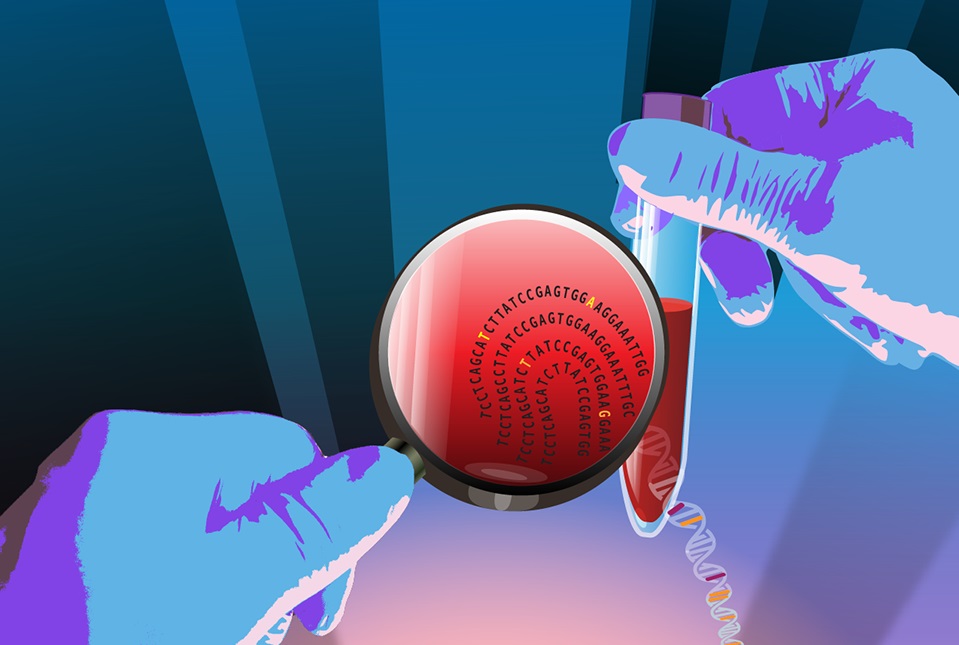
Advanced Liquid Biopsy Technology Detects Cancer Earlier Than Conventional Methods
Liquid biopsy technology has yet to fully deliver on its significant potential. Traditional methods have focused on a narrow range of cancer-associated mutations that are often present in such low quantities... Read more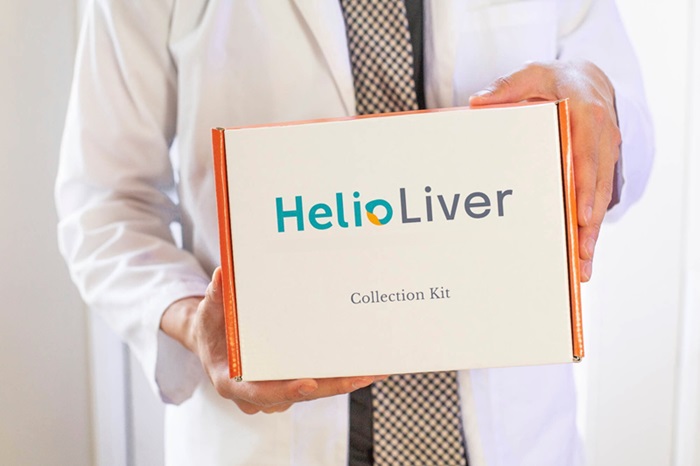
Blood-Based Test Outperforms Ultrasound in Early Liver Cancer Detection
Patients with liver cirrhosis and chronic hepatitis B are at a higher risk for developing hepatocellular carcinoma (HCC), the most prevalent type of liver cancer. The American Association for the Study... Read more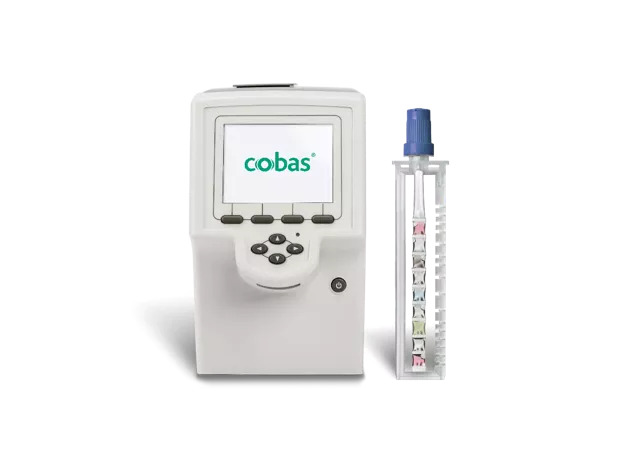
Four-In-One Molecular Test Detects and Differentiates Among Most Prevalent Respiratory Viruses in 20 Minutes
The U.S. Centers for Disease Control and Prevention (CDC) has reported that respiratory diseases in the United States reached high levels during the recent autumn and winter seasons, with SARS-CoV-2 leading... Read more.jpeg)
First-Line PSA Testing More Cost-Effective Than First-Line MRI for Prostate Cancer Screening
Current prostate cancer (PCa) screening protocols typically begin with prostate-specific antigen (PSA) testing, which, if elevated, may lead to further assessment using multiparametric magnetic resonance... Read moreHematology
view channel
Next Generation Instrument Screens for Hemoglobin Disorders in Newborns
Hemoglobinopathies, the most widespread inherited conditions globally, affect about 7% of the population as carriers, with 2.7% of newborns being born with these conditions. The spectrum of clinical manifestations... Read more
First 4-in-1 Nucleic Acid Test for Arbovirus Screening to Reduce Risk of Transfusion-Transmitted Infections
Arboviruses represent an emerging global health threat, exacerbated by climate change and increased international travel that is facilitating their spread across new regions. Chikungunya, dengue, West... Read more
POC Finger-Prick Blood Test Determines Risk of Neutropenic Sepsis in Patients Undergoing Chemotherapy
Neutropenia, a decrease in neutrophils (a type of white blood cell crucial for fighting infections), is a frequent side effect of certain cancer treatments. This condition elevates the risk of infections,... Read more
First Affordable and Rapid Test for Beta Thalassemia Demonstrates 99% Diagnostic Accuracy
Hemoglobin disorders rank as some of the most prevalent monogenic diseases globally. Among various hemoglobin disorders, beta thalassemia, a hereditary blood disorder, affects about 1.5% of the world's... Read moreImmunology
view channel.jpg)
AI Tool Predicts Cancer Patients’ Response to Immunotherapy
Immune checkpoint inhibitors are a form of immunotherapy drug that enables immune cells to target and destroy cancer cells. At present, the Food and Drug Administration has approved two predictive biomarkers... Read more
Molecular Profiling Improves Diagnosis for Children with High Risk Cancers
Cancer remains the leading cause of disease-related death among children in most developed nations, and approximately one-fourth of these patients are diagnosed with aggressive, high-risk, or relapsed... Read moreMicrobiology
view channel
Rapid UTI Test Cuts Detection Time from 3 days to 45 Minutes
Antimicrobial Resistance (AMR), also known as antibiotic resistance or superbugs, is a silent but growing pandemic where bacteria have become resistant to lifesaving antibiotics due to decades of overuse and misuse.... Read more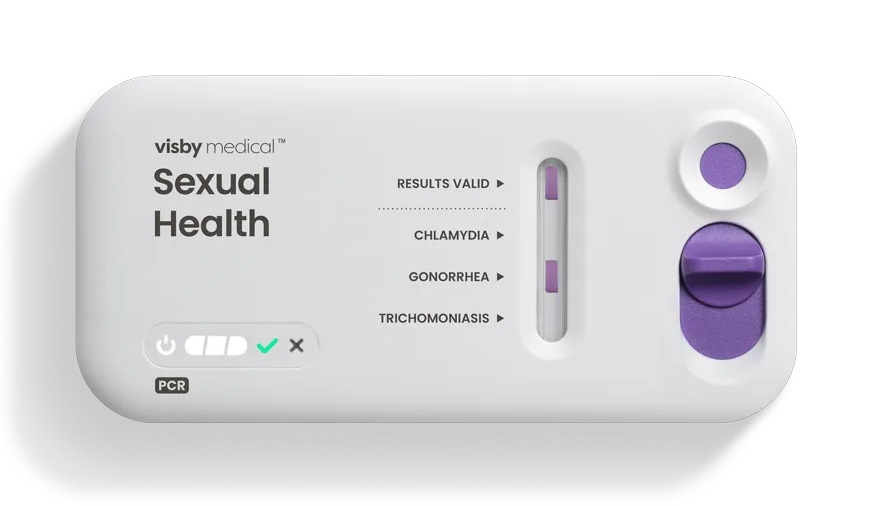
POC STI Test Shortens Time from ED Arrival to Test Results
In a 2024 sexually transmitted infections (STIs) surveillance report by the World Health Organization (WHO), over 2.5 million cases were recorded, alongside a rise in the inappropriate use of antibiotics... Read more
Integrated Solution Ushers New Era of Automated Tuberculosis Testing
Tuberculosis (TB) is responsible for 1.3 million deaths every year, positioning it as one of the top killers globally due to a single infectious agent. In 2022, around 10.6 million people were diagnosed... Read more
Automated Sepsis Test System Enables Rapid Diagnosis for Patients with Severe Bloodstream Infections
Sepsis affects up to 50 million people globally each year, with bacteraemia, formerly known as blood poisoning, being a major cause. In the United States alone, approximately two million individuals are... Read moreTechnology
view channel
Microneedle Patch Detects Skin Cancer Early
Wearable bioelectronics has emerged as a significant innovation in healthcare, especially in the field of biosensing, providing a new method to monitor individual health for both diagnostic and therapeutic purposes.... Read more
New Diagnostic System Achieves PCR Testing Accuracy
While PCR tests are the gold standard of accuracy for virology testing, they come with limitations such as complexity, the need for skilled lab operators, and longer result times. They also require complex... Read moreIndustry
view channel
Roche and Hitachi High-Tech Extend 46-Year Partnership for Breakthroughs in Diagnostic Testing
Roche (Basel, Switzerland) and Hitachi High-Tech (Tokyo, Japan) have renewed their collaboration agreement, committing to a further 10 years of partnership. This extension brings together their long-standing... Read more
Danaher and Johns Hopkins University Collaborate to Improve Neurological Diagnosis
Unlike severe traumatic brain injury (TBI), mild TBI often does not show clear correlations with abnormalities detected through head computed tomography (CT) scans. Consequently, there is a pressing need... Read more
Beckman Coulter and MeMed Expand Host Immune Response Diagnostics Partnership
Beckman Coulter Diagnostics (Brea, CA, USA) and MeMed BV (Haifa, Israel) have expanded their host immune response diagnostics partnership. Beckman Coulter is now an authorized distributor of the MeMed... Read more_1.jpg)












.jpg)


